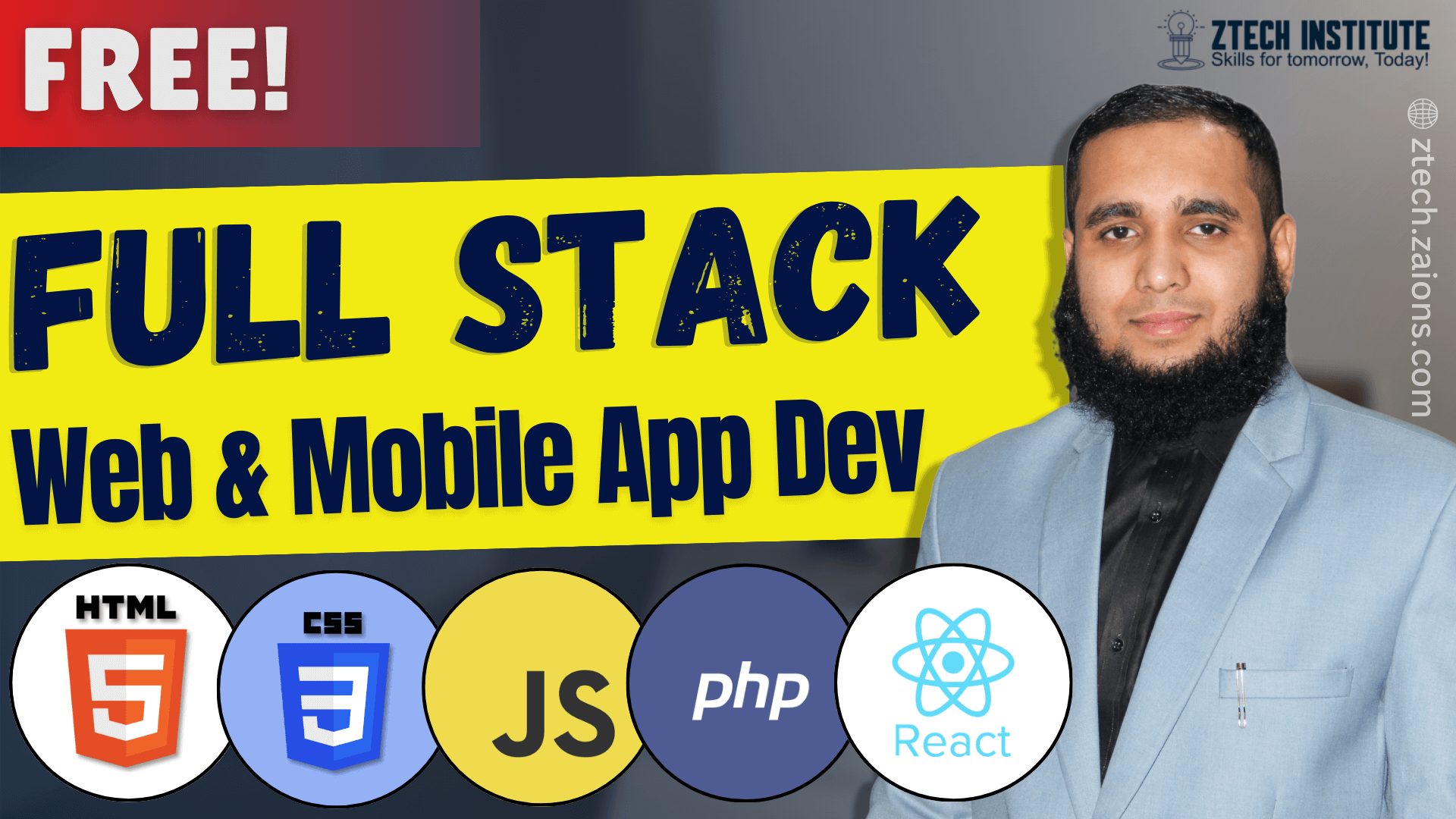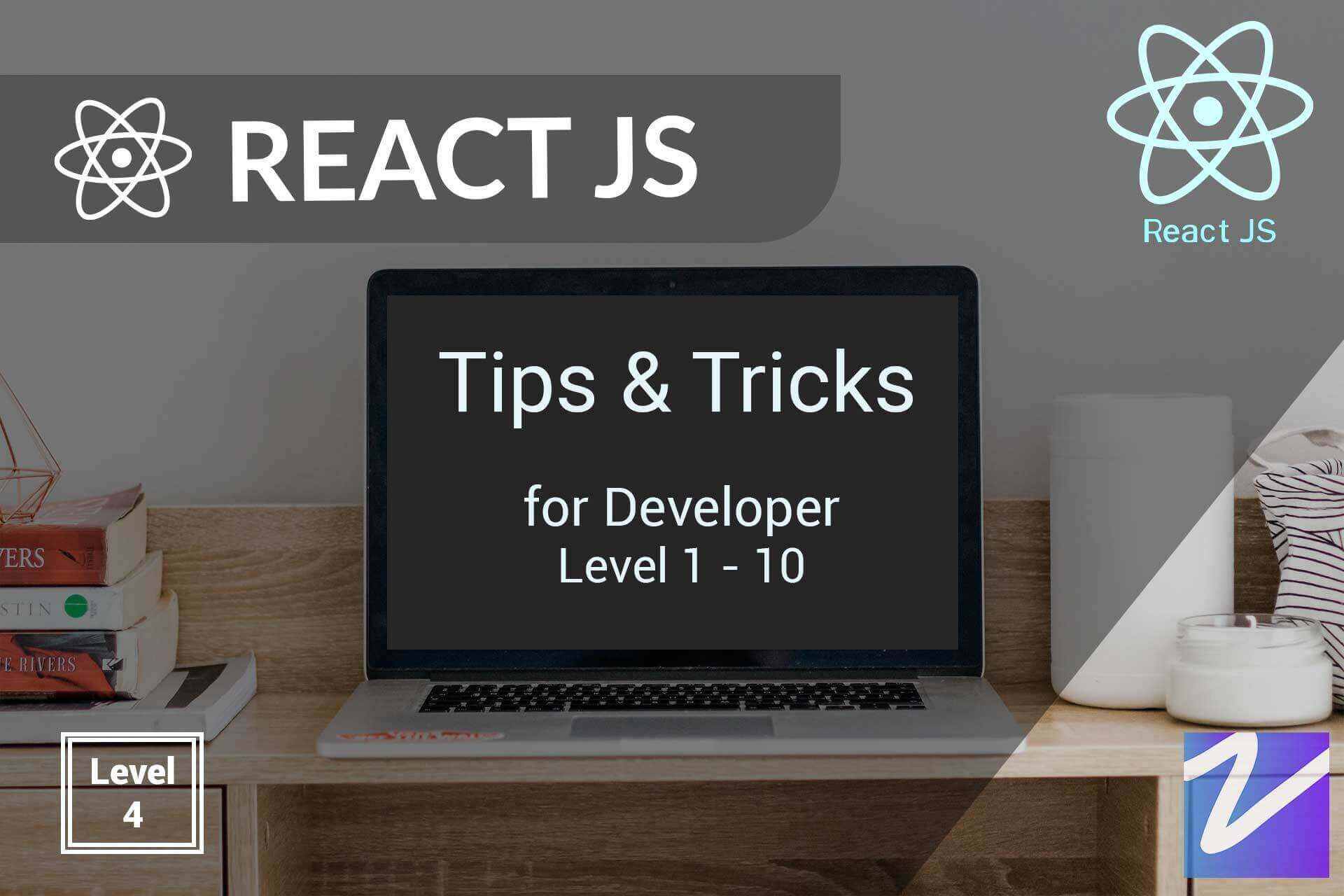The ReactJS child category is a resource for those interested in learning about ReactJS, a popular JavaScript library for building user interfaces. This category includes posts about ReactJS concepts, components, and architecture, as well as tips and tricks for creating web applications using ReactJS. Whether you’re just starting to learn ReactJS or you’re an experienced web developer, this category has something for everyone.
NewsPaper App Development Course – ReactJS & Laravel App
Zaions (Admin)2024-06-04T08:24:50+00:00NewsPaper Web & Mobile App Development Course - ReactJS Typescript RadixUI Laravel MySQL [...]




